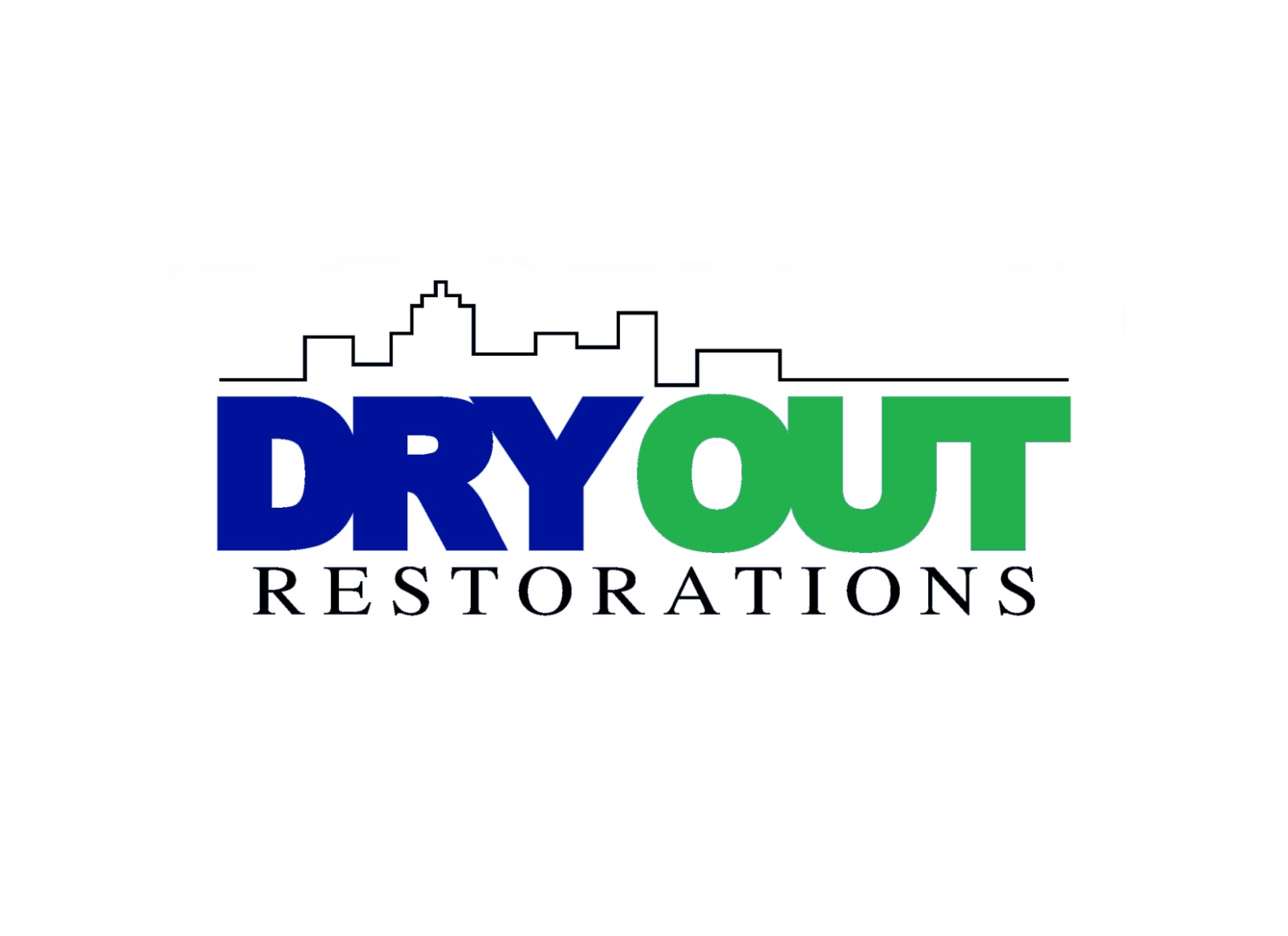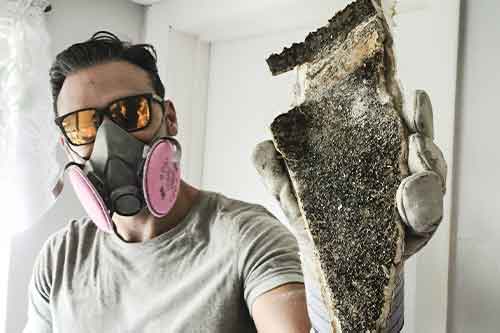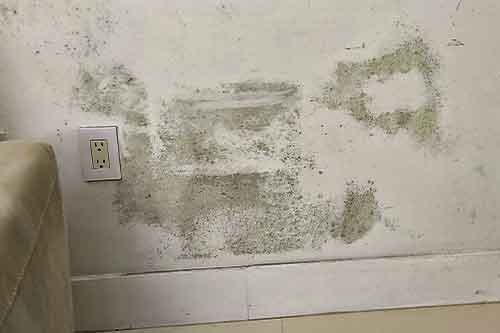The world is fast changing as we deal with things we have never had to experience in our lifetime. It can seem overwhelming to process and change our lives so quickly, but is important to not let stress overtake us and paralyze. Rather, let us focus on the things we CAN do to make this transition easier and more productive.
Many of us are confined to our homes for an indefinite amount of time. This can be a positive thing as we get to spend more time together as a family and do projects that maybe we never had time to do before because life kept us too busy and consumed. However, if we happen to be restricted to a house that contains toxic mold, this can have a very negative impact on our health and well being. Until things return to “normal” and we are able to get professional help with a mold infestation, it is crucial to do what we can to create the healthiest space to spend this time.
Balance Your Humidity
You may want to investigate if your mold issue is coming from high humidity levels in the home. High humidity levels can often be a contributing factor or cause of mold growth. 2 The EPA suggests reducing humidity levels to 30-60% indoors (ideally 30-50%) to decrease and prevent mold. A simple dehumidifier can help reduce the humidity in your home to be less inviting to mold growth. If you think your humidity is too high, and can’t get out of your homes right now due to the quarantine, you can hop on over to Amazon and check out the selection there. Just be sure to get the correct size for your space.
Fix Your Leaks
If your mold issue is not from high humidity, it is likely due to a leak. Is your roof leaking? Do you have some plumbing that is allowing water to escape to where it shouldn’t be? Now is a good time to do a little detective work and find the source that is feeding your mold. If you are able to fix the issue during quarantine, or at least temporarily fix it until a plumbing or roof repair can be made, that might be a good project to do while we wait to be released into the public again.
Whenever you are dealing with a repair due to mold, it is important to note that the EPA recommends that any mold problem larger than 10 square feet be examined by an expert. So keep that in mind, especially if you heave health issues or respiratory problems. In the mean time, doing our best to stay positive and keep healthy homes during this situation is crucial.
Mold Symptoms
Mold symptoms can come and go. Often, the symptoms worsen or return when you are in a moldy home or building. Some of the common mold symptoms can include the following:
Headache
A tightening in the chest
Burning sensations in airways
Cough
Difficulty breathing
Fever
Fits of sneezing
Nose bleeds
Skin irritation
Stuffy nose
Watery or itchy eyes
Wheezing
Sometimes the exposure can cause more serious and chronic conditions, such as the following:
Asthma
Autoimmune disease
Cold and flu symptoms
Emphysema-like disease
Fatigue
Memory loss
Migraine-like headaches
Muscle aches
Nosebleeds
Pulmonary hemorrhage
Rashes and dermatitis
Sore throat
Vomiting and diarrhea (especially in infants)
______________




